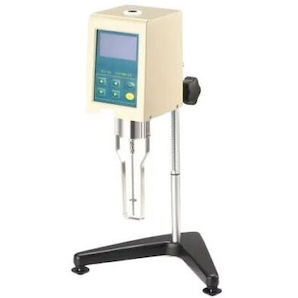
-----
How to increase the viscosity of 2-component Epoxy
2007
My company usually purchase a two component epoxy type of Bisphenol A (Base) and Polyamide Amine (Hardener). Viscosity of the epoxy is very thin per our clients'comments. According to one of our local dealer, to reach or increase the intended viscosity, it can be thickened or
added to the Base with a bit of 800 Mesh size Calcium Carbonate as filler and mixed with some of Iron Oxide as pigment, but how is the mix ratio or to mix is beyond the comprehension of our local dealer for the above type of epoxy. Our hesitation is that our dealer is unable to provide specific solution to this modification, is there anyone here on finishing.com can help us for the above issue?
Your specific information and guidance for the above issue is much appreciated.
Import & Purchasing Manager - Jakarta, Indonesia
2007
Major paint companies spent a great deal of time and money to solve those problems and get upset when anybody passes out that information. So, you might have to go to a larger, better qualified and very probably more expensive vendor.
James Watts- Navarre, Florida
There are thousands of FILLERS or THICKERS.
Ask of the vendors. The RATIO is experimental. I mean, it depends of the epoxy properties (how much epoxy can be modified).
- Minneapolis, MN, USA
2007
Dear Jimmy,
Both James and Jose answers are legitimate -- week's even months are spent by the coating mfgr. to finalise a formulation for a coating material. Normally the coatings are formulated for a specific purpose -- decorative, chemical or resistance to wear and tear etc. Application by brush, spray or dipping etc would also be another consideration. Therefore, I would expect that the viscosity at the time of mfgr. was correct for the purpose for which it was intended, unless the material has become unstable. Therefore, to vary the rheology of the material to suit your purpose would not be a good idea Ż why not contact your supplier to ask them to supply a material that suits your particular application requirements. If you still wish to pursue "what can I add" then I suggest you try to obtain some Fumed Silica
[affil link] which would can be post added under extreme agitation (high-speed mixer) at approx. 0.5-1.5% of the total formulation. This should then produce a material of a thixotropic nature without altering the colour or the overall performance of the product. There are other rheology agents that can be added in similar small proportions out there in the market place. To get a good idea of your options http://www.plasticareinc.com/SystemThree_Fillers.htm would be a good starting point.
Birmingham, United Kingdom
2007
Q, A, or Comment on THIS thread -or- Start a NEW Thread
